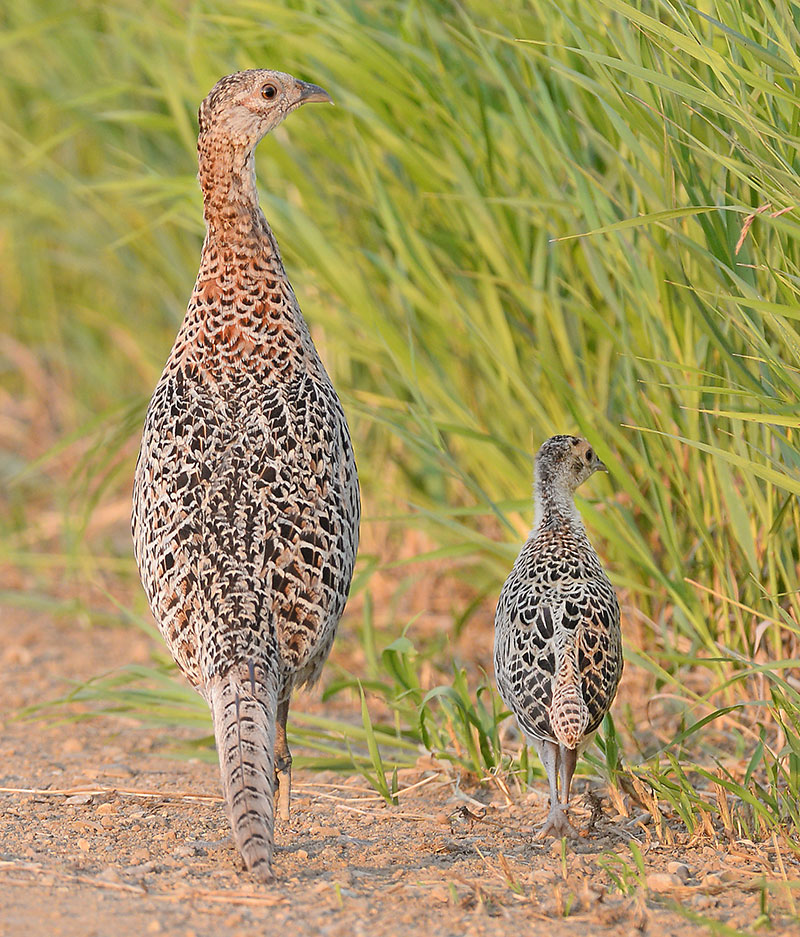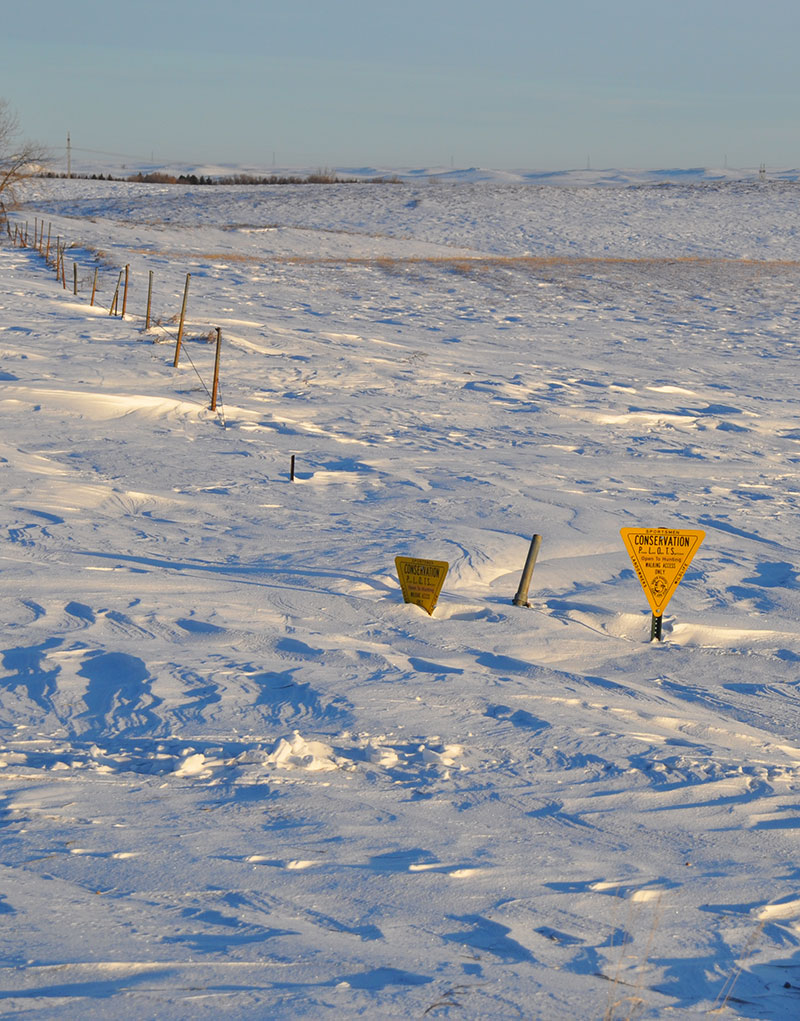Upland Game Reproduction and the Uncertainties of Nature

It’s likely that the Game and Fish Department roadside brood survey will show smaller pheasant brood sizes and fewer broods across the state.
Ring-necked pheasants feel as much a part of rural North Dakota as prairie grasses and cattail-ringed wetlands. Yet, the popular upland birds are not native, visitors with a sometimes unbalanced hold on the countryside, depending on the unpredictable Northern Plains weather, available cover, agricultural practices and other factors.
That unpredictable weather hit parts of the state in December, lasting well into January, with record amounts of snow and cold. Its irregular nature continued in spring and summer as hoped-for rains were a disappointment, or absent altogether.
Drought was declared in North Dakota and farmers suffered, ranchers suffered and wildlife suffered.
Wildlife biologists regularly talk about weather and pheasants and how it influences reproduction of the next generation of birds. Often, but not always, cold and wet weather during spring nesting and rearing is the topic of conversation.
First, consider the hens. It’s important for hens to get through winter in fair or better condition, because they soon face the demands of breeding in spring.
“There’s nothing easy about a hen’s life,” said Jeb Williams, North Dakota Game and Fish Department wildlife division chief. “It’s doesn’t matter how many eggs a hen produces, adult females are burning more energy than roosters because they are developing eggs, sitting on nests and caring for broods.”
Rodney Gross, Department upland game management biologist, said hen pheasants produce 10-15 eggs, incubate 23-25 days, which is typically until about mid-June in North Dakota.

Record amounts of snow in December and January last winter made life difficult for wildlife, pheasants included, across much of North Dakota.
“After that incubation period when the hen is sitting on the nest and trying to feed herself when she can, the eggs hatch and her duties are ramped up,” Gross said. “Now she has to protect her chicks from predators and all the other uncertainties that nature throws her way.”
One of those uncertainties, as mentioned earlier, is cold, wet weather. Because pheasant chicks are unable to control their body temperature for many days after hatching, untimely cold, wet weather can kill the chicks despite the hen’s best efforts to keep them warm and dry.
Unfortunately, but for other reasons, the hot, dry weather experienced over much of North Dakota pheasant range this year, is just as deadly.
The fallout of hot, dry weather is the scarcity of nesting habitat, cover for rearing broods, lack of dew to help regulate a chick’s body temperature and a decline in insect production.
“For the first several weeks of their life, insects make up more than 90 percent of a pheasant chick’s diet,” Gross said. “The protein-rich insects help the chicks grow quickly. Without a buffet of insects, survival is difficult.”
Making it from egg to the fall hunting season on the Northern Plains is a tough road. Yet, driven by nature and with a wary eye cast for predators, the hen does her best to pull off a brood.
Just one brood.
Gross said that during the egg-laying process or in early incubation, if the hen loses her eggs to a predator, weather or some other misfortune, she will nest again.
“She will do this until she is able to hatch a brood, or until it gets too late in the nesting season,” Gross said.
Yet, he added, if the hen does hatch a brood, but loses some chicks, she is devoted to raising those that remain, not renesting.
Even if all of the young are killed by predators, or die from starvation, the hen’s commitment to hatching her eggs has been accomplished. Understanding this, young pheasant chicks spotted running the roadside ditches in early fall are the result of a late nesting attempt, and are not a second brood from a single hen.
“The challenges pheasants and all the other wildlife in North Dakota face throughout the seasons is amazing,” Williams said. “In times when the weather doesn’t cooperate, and it seldom does, and sufficient habitat is lacking on the landscape, those successes from birth to maturity are even more remarkable.”
Roadside Broods

The North Dakota Game and Fish Department’s roadside pheasant brood survey provides a feel for the summer’s pheasant production and insight into what hunters could expect in fall.
While the final summary, based on 276 survey runs made along 105 brood routes in North Dakota, was still 10 days from being completed at the time of this writing, initial indications weren’t promising.
Anecdotal evidence is pointing to smaller brood sizes and fewer broods across the board, said Rodney Gross, Department upland game management biologist.
“The best route in the state, south of Dickinson in the heart of pheasant country, usually produces 35 pheasant broods every time the biologist goes out.” Gross said. “Now he’s seeing four to five broods.”
Biologists run the roadside counts early in the morning as pheasants typically gravitate to gravel roads to escape the dew and dry out. Yet, during a summer dominated by drought, dewy mornings have been few and far between.
“Plus, with all the emergency haying of CRP, maybe the birds aren’t having to go to the gravel roads to dry out,” Gross said. “Even so, we know pheasant numbers are going to be down because they couldn’t escape the drought.”
